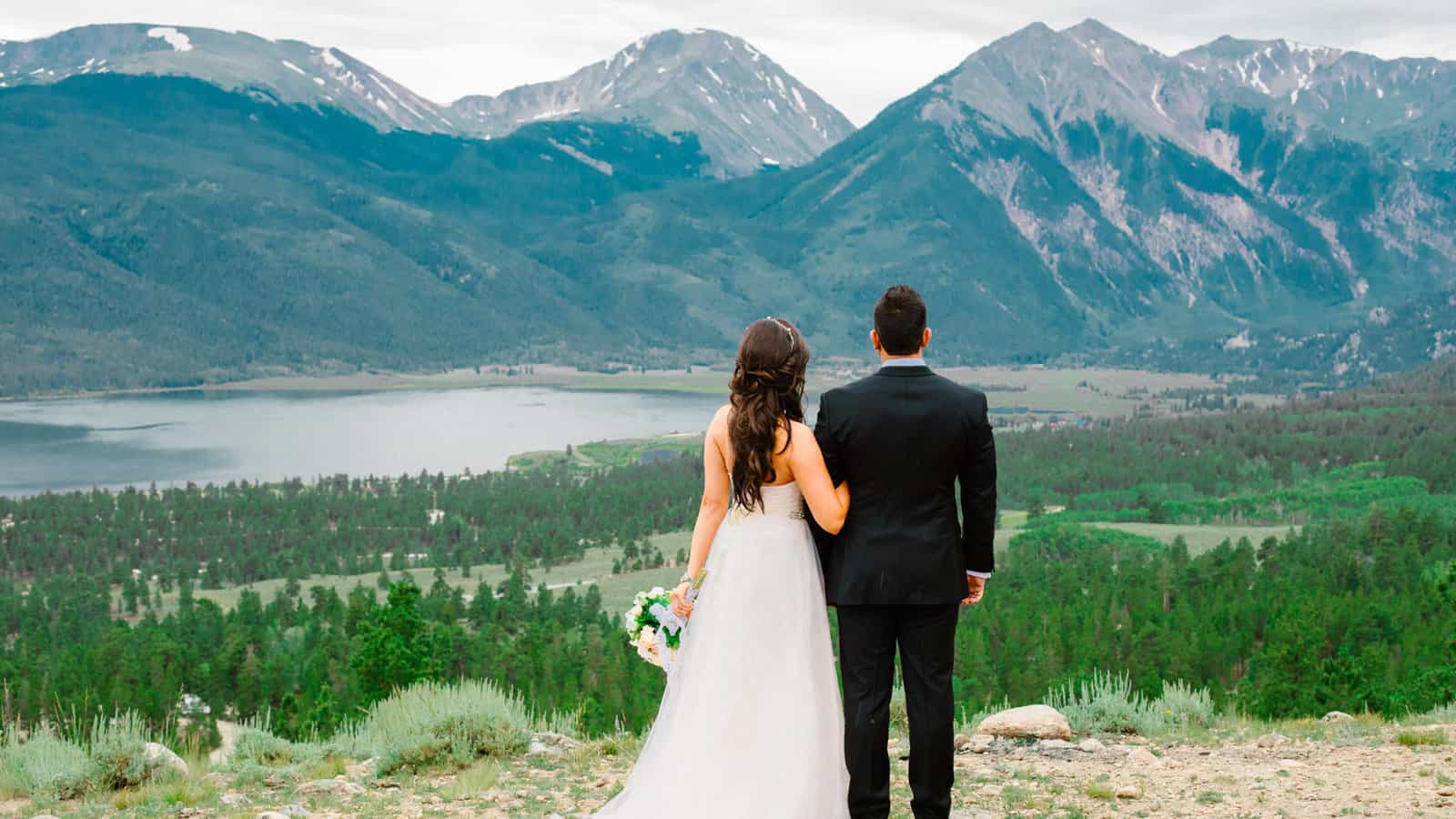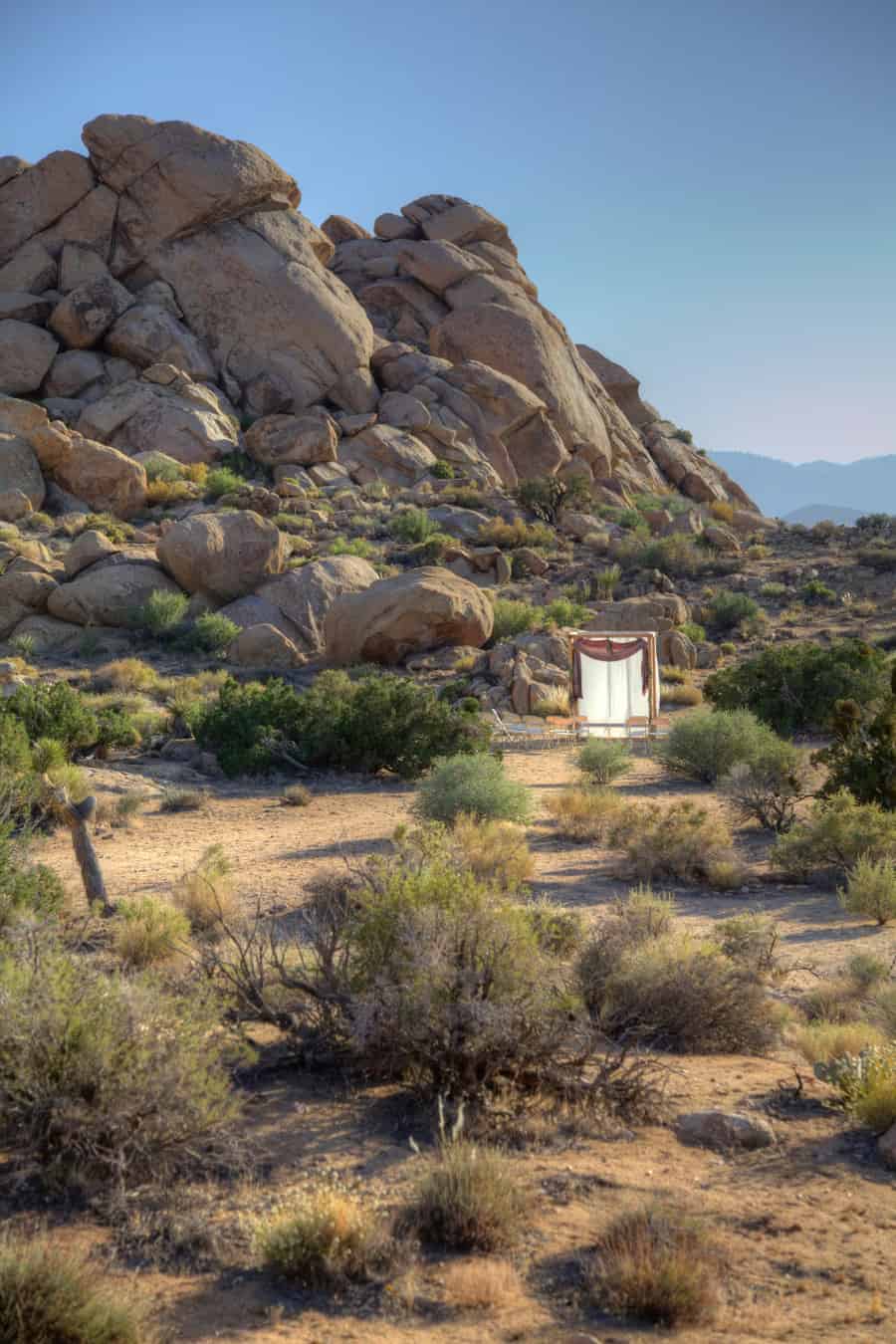National parks offer unique wedding venues, requiring adherence to specific rules and permit acquisition. These areas are protected, and guidelines are in place to protect the environment during events.
When selecting a national park as your wedding venue, consider the impact on wildlife and ecosystems. Park rules often restrict guest numbers, decoration types, and ceremony locations.

Obtaining a permit is vital to ensure your wedding complies with the park’s conservation and access policies. Each park has different procedures, fees, and permit timelines, necessitating early planning and flexibility.
Choosing a national park as your wedding location means celebrating amidst natural beauty. The following sections will guide you through planning, ensuring your wedding is as memorable as its setting.
Choosing Your National Park Wedding Location
When planning your wedding in a national park, consider the stunning landscapes for the backdrop and each park’s various rules.
Considering Park Landscapes and Scenery
National parks offer an array of breathtaking landscapes, from the serene beaches of Acadia National Park to the towering cliffs of Yosemite. Each location provides a unique setting for a special day.
For example, if a coastal theme is desired, the rocky shores of Acadia can be the canvas. Alternatively, the iconic Half Dome of Yosemite National Park offers a majestic mountainous backdrop. Here’s a brief list of some picturesque options:
- Coastal beauty: Acadia National Park
- Mountain vistas: Glacier National Park
- Desert landscapes: Zion National Park
- Forest settings: Yosemite National Park
- Lakeside views: Choose from a variety of parks with lake access
Understanding Park-Specific Restrictions and Weather Patterns
Each national park comes with its own set of restrictions and weather considerations. It’s important to know these to ensure the wedding goes smoothly.
For instance, Yosemite National Park may require certain permits and limit guest numbers. Weather patterns are also crucial; for a wedding in Glacier National Park, prepare for sudden weather changes typical in mountainous areas.
To summarize, one should plan for:
- Permits: Always check the permit requirements.
- Guest limitations: Be aware of the maximum number of attendees allowed.
- Accessibility: Consider the ease of access for our guests.
- Weather: Research historical weather patterns; parks like Glacier have unpredictable climates.
Obtaining Necessary Permits and Understanding Regulations
Obtaining the right permits is crucial when planning a wedding in a national park. Adhering to park regulations ensures a smooth and respectful celebration.
Navigating the Special Use Permit Process
To hold a wedding in a national park, a Special Use Permit is required. This permit is vital as it helps protect the park’s natural resources while allowing for a celebration within these public lands. The cost of a permit may vary depending on the park. For instance:
- Yosemite National Park charges $150 for a wedding permit.
- Joshua Tree National Park has a permit fee of $120.
- Rocky Mountain National Park requires a $300 permit.
- Glacier National Park has a permit fee of $125.
The process typically involves the following steps:
1. Contact the National Park
You need to contact the specific national park where you want to hold the wedding and follow their application process.
2. Submit an Application
Complete the Special Use Permit application well in advance—some parks recommend at least a year due to high demand.
3. Pay the Fee
The application must be accompanied by a non-refundable application fee, which varies from park to park. This fee covers the cost of processing your request. If your wedding plans are more complex, additional charges could be to cover other park costs, like staff time spent monitoring your permit.
The approval time can vary based on the park’s policies and the event’s impact on the park’s resources. To see what a Special Use Permit looks like, click here.
Complying With Park Rules and Leave No Trace Principles
Adherence to park rules and Leave No Trace principles is non-negotiable when planning your wedding. Keep in mind:
- Capacity Limits: Most national parks have strict limitations on the number of attendees.
- Environmental Impact: Ensure your event does not harm the park’s wildlife or natural features.
- Duration: Time restrictions are often in place. Respect these limits to minimize impact.
Embrace the Leave No Trace principles by:
- Planning Ahead: Knowing the specifics of the location to avoid ecological damage.
- Respect Wildlife: Ensure your ceremony does not disturb the park’s animals.
- Leave What We Find: Leave rocks, plants, and artifacts as you find them to preserve the park’s legacy.
Organizing Logistics for Your Park Wedding
Another is that you must address the critical aspects of selecting vendors and identifying ceremony sites while ensuring the guest experience is seamless and accessible.
Selecting Vendors and Ceremony Sites
You should carefully select vendors who are familiar with park regulations and capable of servicing remote locations. The ceremony site must be chosen based on beauty and practicality, considering the guest count and logistics of the area. Here’s a quick checklist:
Wedding Planner

You’ll need a planner who’s a pro at outdoor events in national parks. They should know the ins and outs of park rules and manage everything smoothly in a natural setting.
Officiant
Your officiant should be legally certified in the park’s state and experienced with outdoor weddings. They’re key in making your ceremony feel right at home in nature.
Catering
Choose caterers who are savvy with outdoor setups and eco-friendly practices. They should offer a menu that reflects the outdoor setting while ensuring all waste is managed responsibly.
Photography

Professionals experienced with natural lighting and willing to travel within the park.
Considering Guest Experience and Accessibility
The guest experience depends on easy access to the ceremony and reception venues. Ensure clear directions and signs are available from the nearest hotel and airport. Consider the following:
Transport
Provide clear transportation options for your guests. Arranging shuttles or carpool options from the lodging to the park can help ensure everyone arrives safely and on time. Remember, national parks often have limited cell service, so detailed directions are crucial.
Accessibility
It’s essential to consider the accessibility of your chosen sites for guests with mobility issues. National parks offer varying levels of accessibility, and some may require additional planning or resources to ensure all guests can comfortably attend your ceremony and reception.
Facilities
Check the availability of restrooms near your ceremony and reception areas. In some national parks, you might need to rent portable restrooms, especially if your reception is in a more remote area of the park.
Fees
Be transparent with your guests about potential entrance fees to the national park. Including this information in your invitation details is good practice so guests are prepared in advance.
Logistics is not just about the big day but also about making sure our guests are taken care of from their arrival until their departure.
Planning Your National Park Wedding Timeline

Timing is everything. Picking the right season and date for your wedding is important for the comfort of your guests and the success of your photography, as it greatly impacts light and weather conditions.
Choosing the Right Season and Date
National parks offer a backdrop of stunning natural beauty, but seasons can dramatically change the scenery. To decide when to have your national park wedding, consider the seasonal climate:
Summer Weddings

Typically offer longer days, ideal for extended photography sessions. However, be prepared for higher temperatures and increased visitor traffic.
Winter Weddings

Provide a magical snowy landscape, but daylight is limited, and some park areas may be inaccessible.
Creating a balance between ideal aesthetics and comfort is vital. Consulting with park rangers can provide insights into the nuances of each season in your chosen park.
Mapping Out Day-Of and Photography Schedules
Constructing a detailed day-of timeline is essential, especially in remote national park locations. Here’s a basic structure to adapt:
| Time | Event |
|---|---|
| 10:00 AM | Arrival and Setup |
| 12:00 PM | Guests Begin to Arrive |
| 1:00 PM | Ceremony |
| 2:00 PM | Post-Ceremony Photos |
| 3:00 PM | Reception |
| 7:00 PM | Sunset Photos |
| 9:00 PM | Event Conclusion |
Your photography schedule should capitalize on the best light. Photographers with experience in national parks can capture mesmerizing moments under varying conditions. Schedule sessions during the golden hour, if possible, for the best results.
Communicate your photography schedule with your chosen photographer and be flexible, as weather can rapidly change in national parks. Having a backup plan for inclement weather is highly recommended to ensure your special day proceeds smoothly.
Tying the Knot Amidst Nature’s Grandeur

Hosting your wedding in a national park offers a unique opportunity to celebrate your special day amidst breathtaking natural beauty. While it requires careful planning and adherence to specific guidelines and permits, the effort can lead to a truly memorable experience.
Remember, respecting the park’s rules, understanding the Leave No Trace principles, and choosing the right season and location are key steps in ensuring that your wedding harmonizes with the serene environment and contributes to its preservation.
By following these guidelines, you can create a wedding day that is not only beautiful but also respectful of the incredible natural surroundings that national parks offer.
